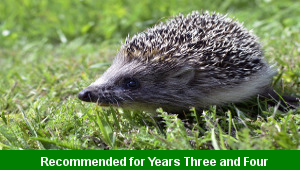Easter Chocolate Nests

This English teaching pack for Key Stage Two gets the children to adapt and sequence a set of instructions for someone to follow when making some cakes to celebrate Easter at a family party.
The class can practise editing some example instructions to make sure that they begin with imperative verbs and contain clear language for someone to follow when making the cakes.
Download this teaching pack including a lesson plan, classroom activities and an interactive presentation to adapt and sequence a set of instructions for someone to follow when making some cakes to celebrate Easter at a family party
Activities in this teaching pack include a shared reading text to explain how to adapt a set of instructions by simplifying sentences and selecting alternative vocabulary and a set of card to sequence and improve a set of instructions about how to make some cakes to celebrate Easter.
The interactive presentation gets the children to explore how to adapt and sequence a set of instructions about how to make some cakes to celebrate Easter.
This lesson is part of an English scheme of work to get the children to explain and model how to compose sets of instructions for families to follow when preparing foods and decorations to celebrate Easter. There are teaching activities for shared learning, differentiated worksheets to support independent learning and interactive presentations to introduce concepts and key skills.
-

Rounding Hundreds
Explain and model how to round some different numbers to the nearest hundred based on the place values of the digits in each number
-

Rounding Tens
Identify and record how to round some different numbers to the nearest ten based on the place values of the digits in each number
-

Classic Animal Stories
Investigate the structure and content of classic works of fiction by significant authors with animals as the main characters
-

Cities, Towns and Villages
Research and present the history of a range of different buildings and people that are part of the local community using a school exhibition
